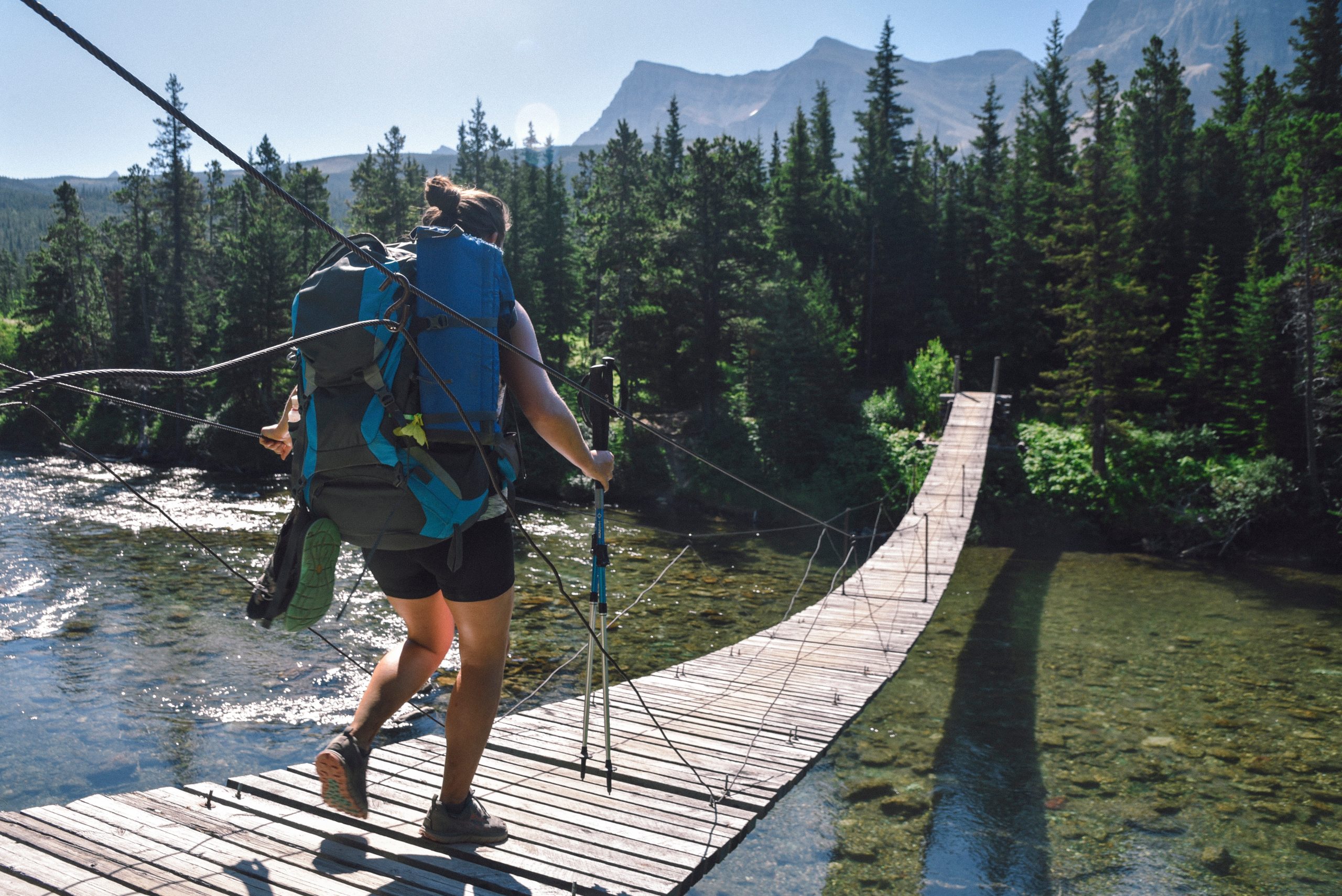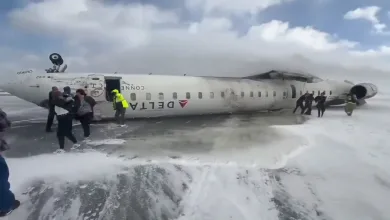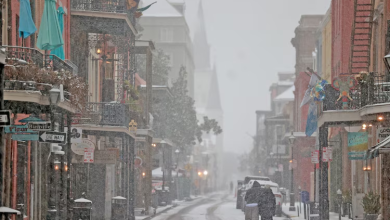How to get to Glacier National Park
Nature and outdoor recreation enthusiasts often visit Glacier National Park. You should go for the following reasons:
The park is home to 25 active glaciers, making it one of the few places in the lower 48 states where you can view glaciers.
The park’s most recognizable features are beautiful alpine meadows, virgin woods, and quiet lakes.
Hiking and driving through the park are among the most beautiful in the country.
Some animals visitors could view are Grizzly bears, mountain goats, and bighorn sheep.

Choosing Your Mode of Transportation
There are different options for getting to Glacier National Park
Glacier National Park can be accessed by various means, namely:
Driving:
Visitors from Kalispell, Missoula, and other neighboring communities often choose to drive to Glacier National Park. US Highways 2 and 89 connect directly to the park. Snow and ice can limit park trails throughout the winter, so plan accordingly.
Flying:
Flying may be the best option if you are traveling from a distance. Glacier Park International Airport is located in Kalispell, about 30 miles from Glacier National Park. Missoula International Airport and Great Falls International Airport are others in the area.
Taking a train:
Amtrak trains serve several towns near Glacier National Park, including Whitefish and West Glacier. From there, you can take a shuttle or taxi to the park. However, it is essential to note that taking a train can be more expensive and less convenient than driving or flying.
Shuttles, taxis, and rental cars are the main modes of transportation to get out of town once you reach Glacier National Park. It is important to anticipate possible delays due to roadworks or closures and plan journeys accordingly.
Pros and cons for each option.
Here are some pros and cons of each approach to Glacier National Park:
Driving:
Advantages:
Driving allows you to stop along the way and explore new places.
You can bring your car, it can be more convenient and pleasant.
US Highways 2 and 89 make getting to the park accessible.
Disadvantages:
In winter, snow and ice can cause some park roads to be closed.
Driving can be stressful and tiring, especially if it’s long distances.
Parking and traffic at the park are likely to be crowded.
Flying:
Advantages:
Driving or taking the train can take longer and is more accessible than flying.
The closest airport to Glacier National Park is Glacier Park International Airport in Kalispell, about 30 miles from the park.
You can hire a car from the airport to get to the park.
Disadvantages:
Driving a car or using a train can be less expensive than flying.
You may experience travel delays and transfers.
Scenery on the ground may be missed during the journey.
Train:
Advantages:
Traveling by train can be fascinating and beautiful.
Whitefish and West Glacier are just two communities close to Glacier National Park served by Amtrak rail.
Disadvantages:
Using the train can be more expensive and less convenient than driving or flying.
You may need to take a cab or bus to get to the park from the train station.
Your tastes, financial situation, and travel itinerary will determine the best route to Glacier National Park.
Planning Your Route
Tips for preparing your route to Glacier National Park.
Here are some tips for planning your route to Glacier National Park and considering stops along the way:
Research and map your journey:
Find the best routes to Glacier National Park, starting from where you are. Consider variables such as distance, traffic, and scenic routes.
Plan your route and calculate travel time using GPS or online mapping tools.
Be aware of any construction or road closures that may affect your route. Check the park’s website or your neighborhood transit department for the latest information.
Consider stops and attractions:
Take advantage of more landmarks and scenic spots as you travel to Glacier National Park.
Find any local landmarks, state parks, or national parks you’d like to visit.
Depending on your itinerary and time availability, consider including stops at famous places like Yellowstone National Park, Grand Teton National Park, or Flathead Lake.
Plan for supplies and services:
Before entering the park, stock up on supplies, including food, drinks, and camping gear. Glacier National Park needs more facilities and services.
Please reserve your spot to camp, as they fill up fast.
Allow flexibility:
Remember that unexpected delays or changes to your itinerary may occur throughout your trip.
Be prepared for different weather conditions, especially when traveling in winter.
Plan for elevation changes:
If traveling to Glacier National Park from a lower elevation, be aware of the potential effects of altitude sickness.
For the first few days, move slowly, drink plenty of water, and focus on your body. Before climbing to higher altitudes, consider gradually acclimatizing by staying at lower levels for a day or two.
Remember to check multiple sources, including official park websites, when deciding on a trip to Glacier National Park.
The different entrances to the park and which one might be best for your trip.
Glacier National Park is connected to the Seven Entrance Trail, the only road that crosses the continental divide from west to east. West Glacier Entrance, St. Mary’s Entrance, and Camus Creek Entrance are three exits connected to the Trail to the Sun. Cut Bank Entrance, Two Medicines, Most Glacier Entrance, and Polebridge Entrance are the other four entrances.
The main entrance to the park, the West Glacier Entrance, is reached via Highway 486, which follows the park’s western border. North Fork Road is paved for the first 10 miles, but the remainder is gravel, which may be difficult for certain vehicles.
St. Mary’s Entrance, the main entrance on the park’s east side, is only accessible by car from mid-May to mid-October, depending on snow cover. It is open 24 hours a day, every day of the year. From Browning, Montana, to St. Mary’s, Montana, you must drive north on Highway 89 for 30 miles. The entrance is west of St. Mary’s. This gate has no vehicular access due to snow cover from mid-October to mid-May.
On the park’s east side, the Many Glacier Entrance provides access to the region recognized for its stunning beauty and hiking trails. Access is available from late May to mid-October and is accessible via Highway 89.
On the park’s southeast side, the Two Medicine Approach provides access to the region recognized for its picturesque lake and hiking trails. Entry is open from late May to mid-October and is accessible via Highway 49.
What to Expect When You Arrive
The logistics of arriving at Glacier National Park
Here are some things to consider when visiting there:
Entry Fees:
Admission costs to Glacier National Park vary depending on the time of year and mode of transportation. A seven-day pass costs $35 per vehicle in summer (May 1 to October 31) and $25 per winter (November 1 to April 30). Additional costs exist for those who wish to travel by foot, bicycle, or motorbike.
Parking:
Parking can be scarce at popular park locations, especially during the busiest times of the year. Visitors should arrive early or use the park’s shuttle service to minimize parking congestion.
Reservations:
Like many glaciers, some park sections may require reservations during peak season. Visitors must make reservations and visit the park’s website for the latest information.
Limited Services:
The park offers several facilities and services, especially in remote areas. Before entering the site, visitors are advised to stock up on supplies, including food and camping equipment.
Tickets to Hiru Road:
Tickets may be required between 6 am and 5 pm. To walk the road to the sun during the busiest months. Visitors should check the park’s website for the most recent information.
Wildlife Encounters:
Grizzly bears, mountain goats, and bighorn sheep are just a few animals visitors to Glacier National Park can see. For the species’ safety, you must comply with the park rules.
Conclusion
Finally, Glacier National Park is a fantastic place for those who love the outdoors. Visitors can expect limited services and amenities, entrance fees, and parking and traffic congestion. Driving, flying, or taking a train are just a few ways to reach Glacier National Park. Remember to follow the park’s safety and conservation rules once you get there. If you have questions or need more information, don’t hesitate to contact park staff members or check out the park’s website.




